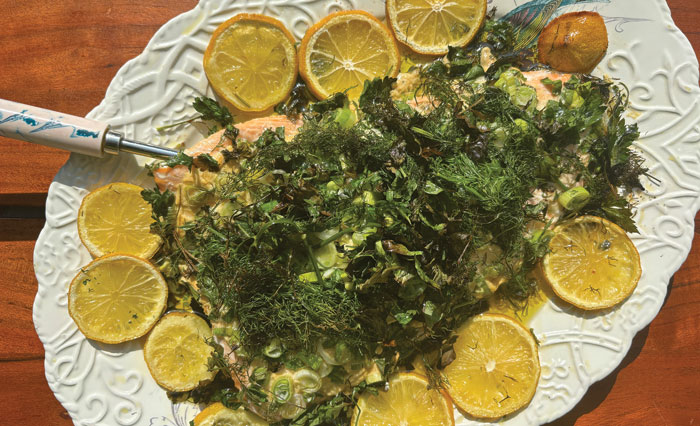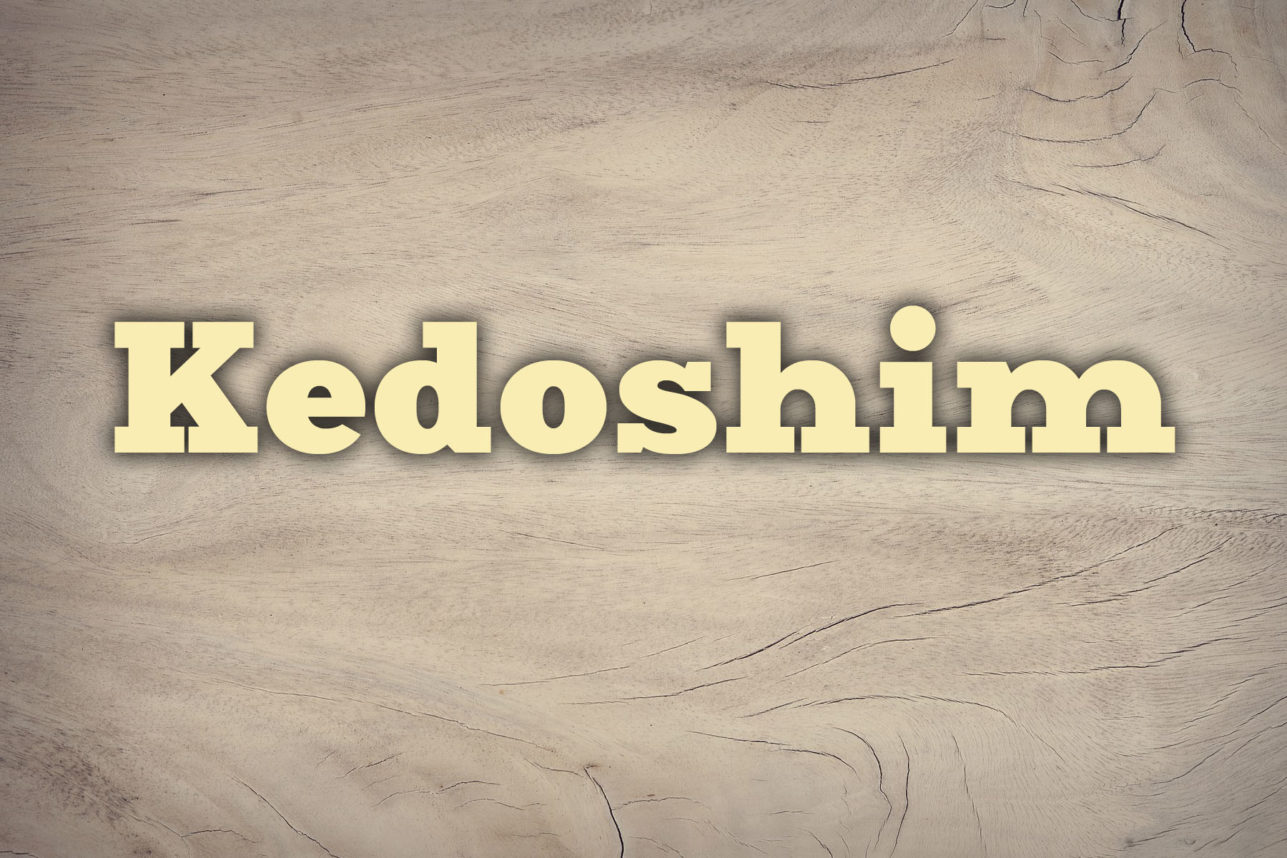The leaves fall and the air turns crisp and an underlying feeling of fear and foreboding enters our neighborhoods. Graves pop us in front yards along with skeletons and the like, bringing death out of its boundaries and into our domains. Parents, many Jewish parents included, will encourage their children to dress up in frightful costumes along with the superhero of the moment and go door to door exclaiming- “trick or treat”, that is, in its classic intention and indeed its plain meaning: Give me some candy or I will play a trick on you. In larger cities this might mean throwing eggs at your home (as when I lived in New York City) or draping toilet paper all around.
I have often thought about this Halloween activity in contrast to the Jewish custom described in the Biblical Book of Esther (9:22) of mishloach manot, sending food to neighbors and friends on the holiday of Purim. Purim commemorates the day in 356 BCE when Queen Ester saved the Jewish people from the genocidal tyrant Haman who set out to kill, and almost succeeded in killing, every last Jew in the Persian empire, the then known world. The purpose of sending food to others on the day of Purim is to develop a sense of camaraderie and family with others. We all eat of each other’s food and thus express our trust and familiality to each other. In the Purim custom, one sends food that one cooked through a messenger, usually one’s child, to someone else for the holiday. It must be fit to be a small meal consisting of at least two kinds of foods.
True, we also dress up on Purim, often as the characters from the Book of Esther, some nice and some not so nice but ultimately the difference between this practice of mishloach manot and that of trick or treating is stark. Purim foods must be delivered in daylight, and must be sent to someone, whereas Halloween treats are taken from others in the dark while personifying the dead and celebrating the scary.
Though many join me in decrying Halloween as a holiday that teaches bad character and pagan ideals, others will say Rabbi Shafner is overreacting; kids just do it to have fun and get candy. Perhaps. But I think that everything we do and everything we teach our children to do subtly communicates values. Dressing them up, often in scary costumes and sending them to the homes of people they do not know to get candy smacks of bad character development. Who is to say that such things do not have a subtle effect on who we are as a society. Such practice inculcates taking and even, albeit subtly, glorifies threatening.
This Halloween if you are Jewish I encourage you to give your child a treat and tell them Halloween is not a Jewish holiday. Wait for Purim when you can give food to others in celebration of Jewish unity, instead of taking it from people in quai-pagan celebration. If you are not Jewish I also encourage you to forgo the ritual of going door to door at night, risking errant cars and needles in apples, and instead to spend the night as a family. If Halloween is an important religious holiday for you then ask yourself what activities your religion would advocate your substituting for trick or treating. Perhaps spend the evening reading the bible and talking together, or volunteering with the needy, training ourselves to give rather than take.
Together may we help to build a society founded on the value that the best way of getting is to give.






















 More news and opinions than at a Shabbat dinner, right in your inbox.
More news and opinions than at a Shabbat dinner, right in your inbox.